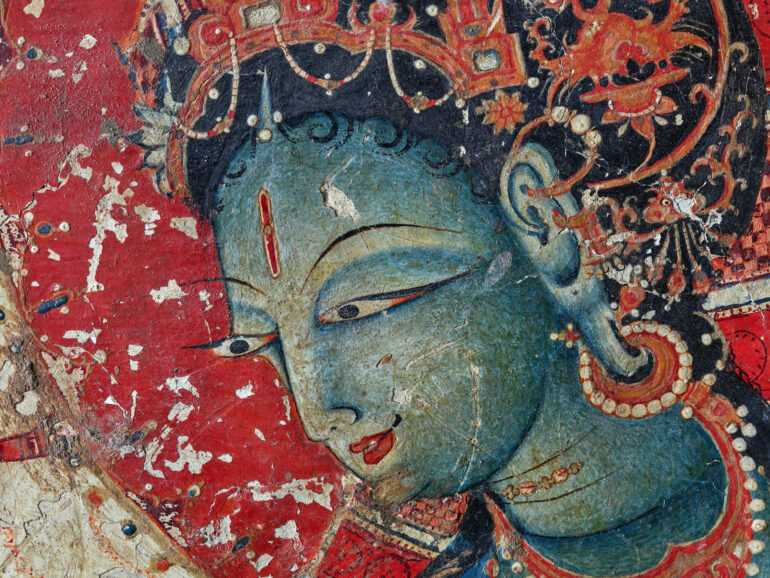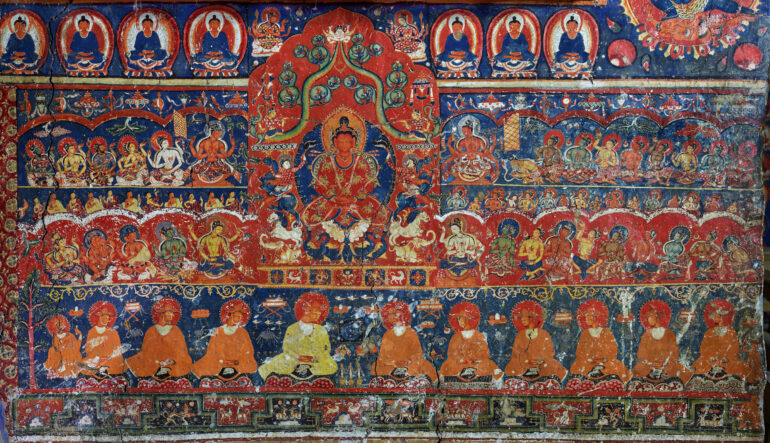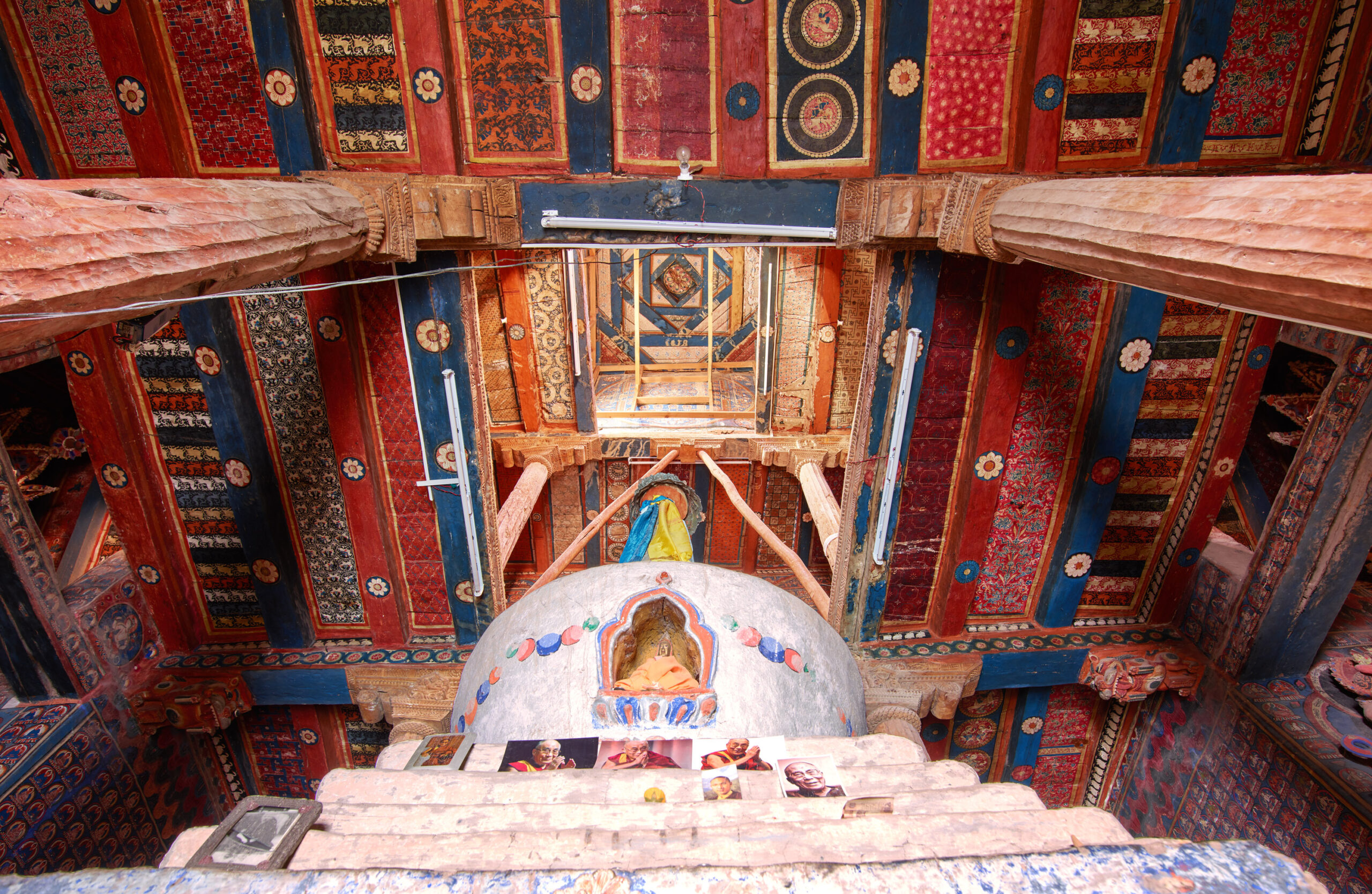“Actually, I’m happy and proud being able to say that only very little digital editing went into these images,” says photographer Peter van Ham to us in an interview about preserving a relic of Tibetian Buddhist history — the Alchi. “This is due to the fantastic quality of the source material generated by the Phase One XT with the IQ back. All we ever needed to do in some cases was slight darkening or contrast enhancement here and there if, for example, the amount of light used in a photograph was too high.” The needs of high megapixel cameras are few and far between for photographers these days. But when they are used to their fullest advantage, they produce images truly worth staring at. Many times, they’re also doing very specialized types of work.
All images by Peter Van Ham. Used with permission. Be sure to check out his website.
Peter Van Ham: How He Got Access
The Alchi is an old monastery tracing back roots to the 10th century. The Himalayan Monastery, based in India, holds incredibly old paintings and scriptures. Digitization of these documents and artifacts have become very important over the years — as is the case with the Sakya Library that holds many works that have yet to be translated. After getting the approval of the Dalai Lama, Peter underwent a months-long project to document the contents of the Alchi.
The photos were then printed super large and are now housed at the Tibet House US Gallery located in NYC.
Peter caught the photography bug without any formal training. He was inspired by nature and books at first — as well as a passion for the Himalayas. He headed there to explore it back in 1993. Back then, he shot film — and wasn’t really into the photos he made. “When I returned from that expedition and had the films developed, I was quite satisfied with some of the results, although I regretted having used Fuji 400 ASA film, which was very grainy and greenish in color,” he tells us. “In comparison, an AGFA 100 ASA I had bought from another traveler towards the end of the journey offered much better results. Later when I edited my diaries written on tour and turned them into a travel account which eventually got published, I could even see the difference in print.” Because of this, Peter got into medium-format cameras. This continued into the digital age.
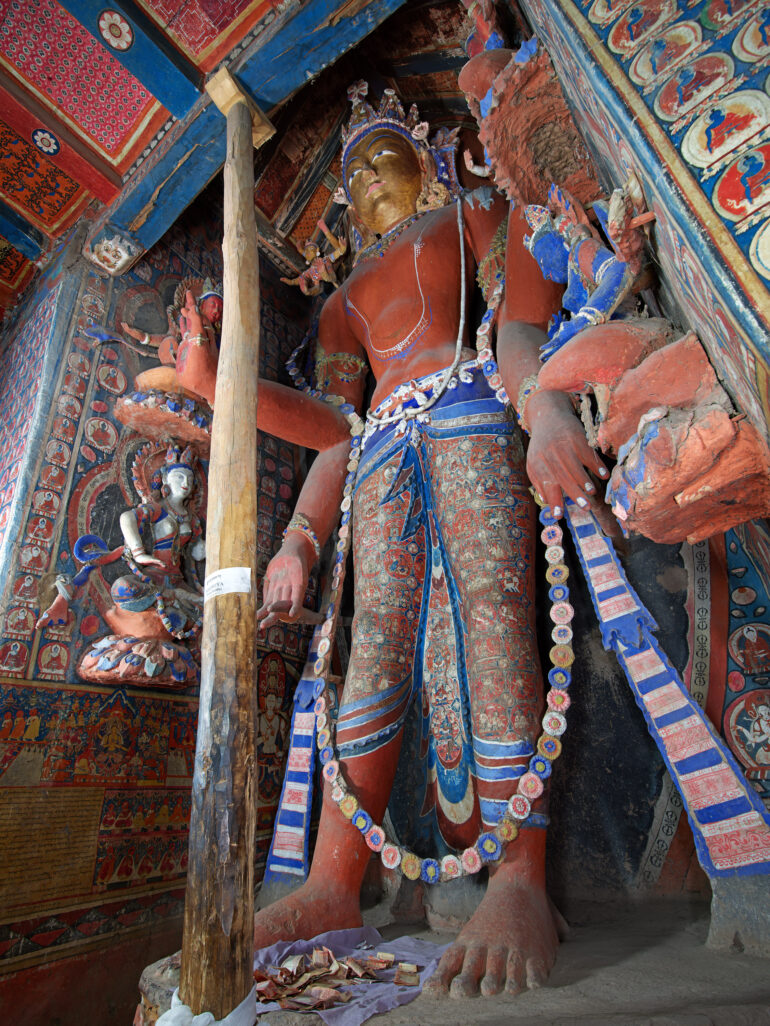

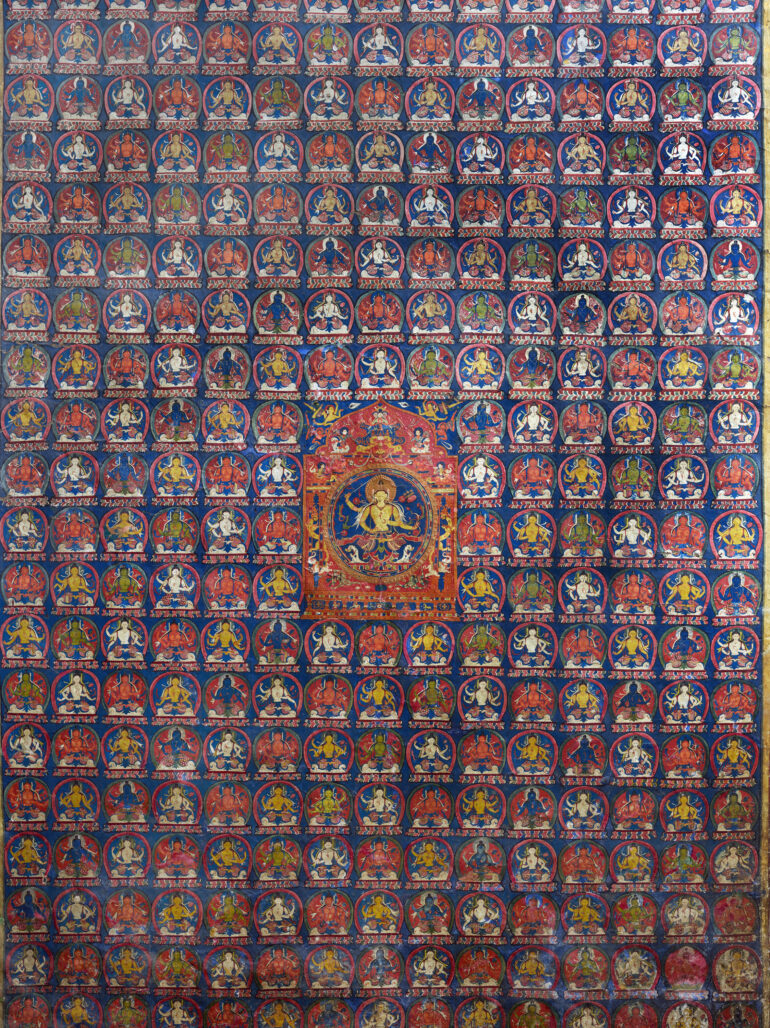
The Gear Used
Peter’s gear is, well, very worth the task at hand:
- Phase One XF system
- IQ4 Digital backs
- 80 mm Schneider Kreuznach lens
- 55mm, 35mm, 120mm, 240mm, and 27mm lenses
- F&V LED lights
With this setup, Peter believes that he gets superior details and dynamic range. These tools helped him navigate the circumstances that he’d be presented with when photographing the monasteries. It comes with the fact that he’s been denied the permissions many times.
After presenting photos to the Dalai Lama, he got permission to photography the Alchi. And Peter states that this couldn’t have been possible without Phase One equipment. The high megapixel count is overkill for most photographers. And for a situation like this, Peter needed overkill.
B
“Among the on-site circumstances also faced in other ancient monuments of that sort were walls with fairly strong reflections when exposed to direct lighting. This is due to a soot patina generated by hundreds of years of burning candle lights fed by yak butter. Experimenting with lighting angles led to the often surprising result that it was best to „simply make some light in the room“, i.e. just placing the two light trays somewhere in the room facing upwards to create a diffuse and soft room light and setting the camera to long exposures – sometimes up to 10-15 seconds in order to reach pleasant results.”
Some parts of the Alchi are inaccessible, according to Peter. There’s a third floor that isn’t very accessible because of the lack of sufficient flooring. Not to mention other things like dust, cold, heigh-induced oxygen deprivation, and long working hours all make this so much more difficult. “An amazing side effect of these rather stressful circumstances is that I often am in flow states of concentration so deep that after the assignment is over I tend to wonder who did take these images or if it was me who took them when was that and under what conditions,” says Peter.
Peter’s aim: flawless reproduction of the actual original. He worked very much like a reproduction photographer at a museum. Because of this, he uses color cards and all. In post-production, he had to do some stitching together of the photos.
